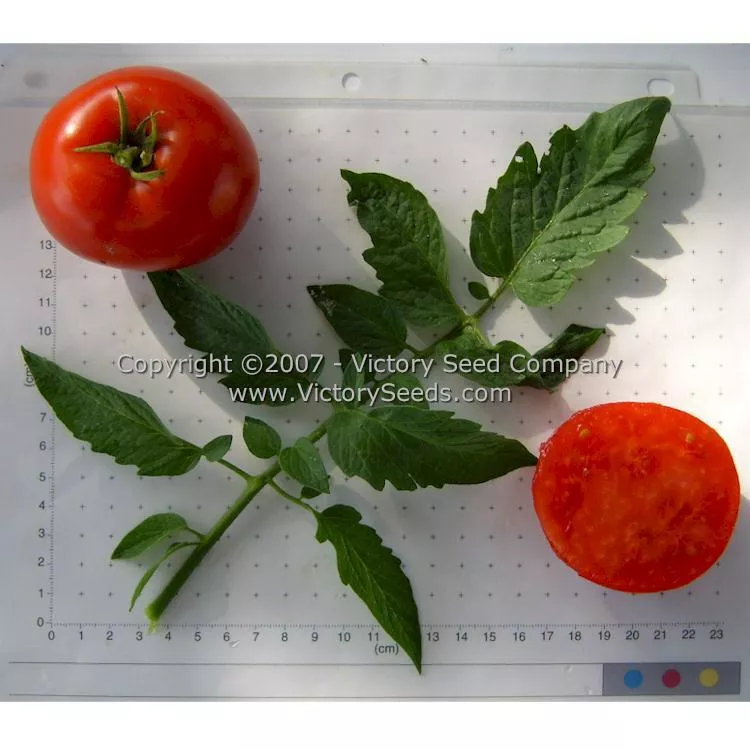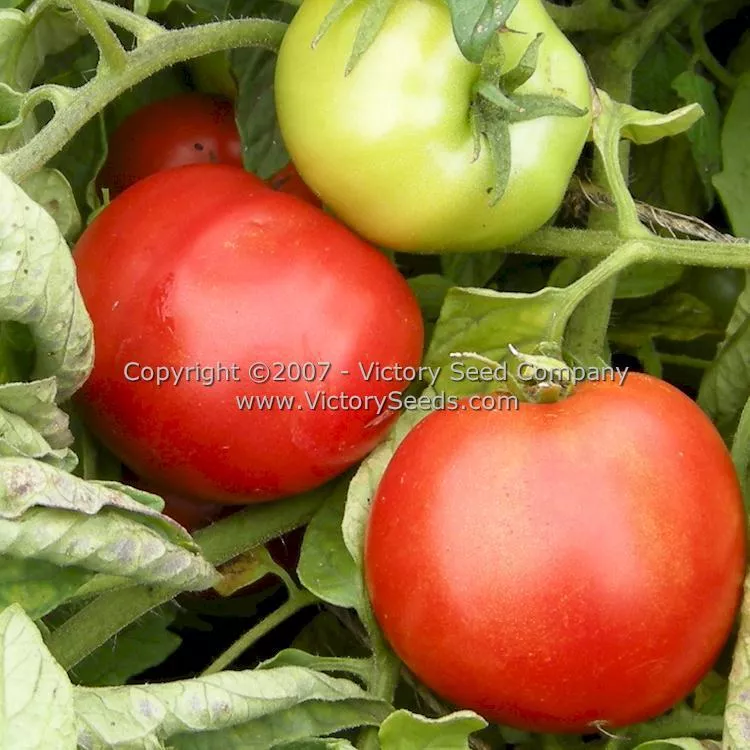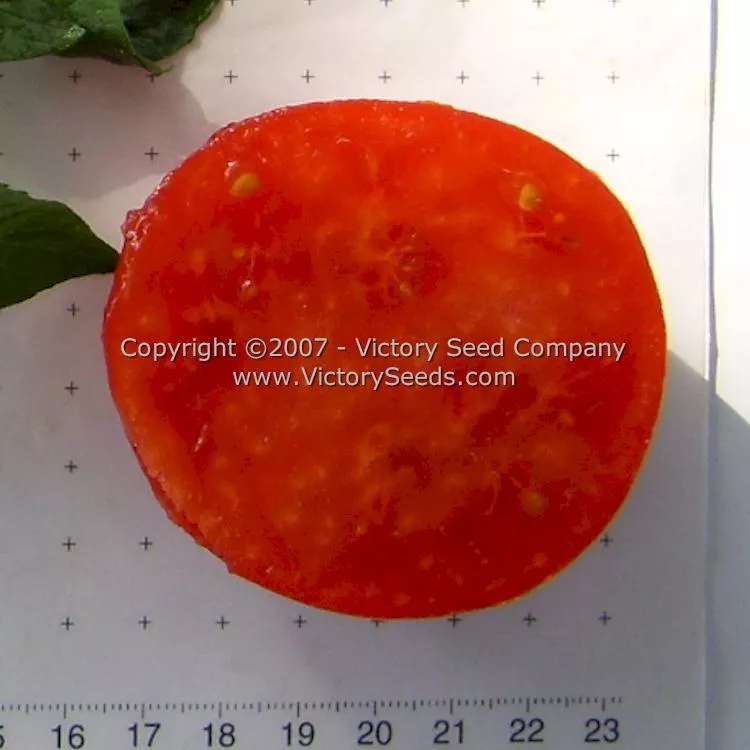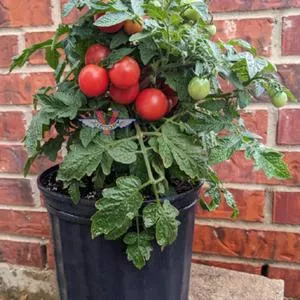




Legend Tomato
Price: $4.45
SKU: 3401831Harvest Timing: Early/Short Season
Harvest Timing: Main Crop / Mid-Season
Growth Habit: Determinate
Genetic Classification: Open Pollinated
Full light and cooler temps (60° to 70°) will help to prevent the seedlings from becoming too leggy. If plants become rootbound before you can safely set them into the ground, transplant them into larger pots.
Harden off plants before planting outside. Young plants are very susceptible to frost and sunburn damage. Avoid too much nitrogen. Water evenly but not in excess.
Click here to view our full tomato growing guide.
Customer Reviews:
By Peter B. (Phoenix, AZ) on June 2, 2024
I have found that determinate tomatoes will often do well in the the short-season Phoenix weather. Plants are killed by heat in July. These did not yield that many fruits, and I see that they were bred for Pacific Northwest. I enjoyed the fruits that I had, but I would not recommend if you live in a hot climate.
By William Look (Northern California Coastal Influenced) on January 27, 2023
I have problems with early blight any year in which there is rain after April if I have starts out. Morning fog (common all summer) also encourages EB. But I don't often have issues with late season wilts because I use pots and change the soil every year (or at least every other). Legend did pretty will with only some signs of early blight last year. (I grew Or Sp. in past as well.) This year as all know by now is wet in NorCal so will see how they do. EB fungus unlike LB fyi is airborne and infection starts from spores landing on foliage. Ergo, surface treatments such as Neem Oil (or harsher copper sprays) are effective. Neem does work to suppress so long as you spray often (i.e., weekly or so). It will wash off so you have to repeat after rain and irrigate at soil level if you rely on Neem Oil The idea at micro level is to have spores land in and die in oil film or wash off leaves before they can infect. If you already are seeing the 'tell tale' yellowing leaves, too late. Neem won't cure the 'infection' only prevent it; I generally pick off the infected leaves and respray to help protect the good foliage. On the up side of using Neem Oil, is it can be mixing with 'Marigold extract' bug repellant (pyrethrin) to make up your own 'tincture of tomato' cure for all ills. No kidding, its the next best thing to 'snake oil' only better. And your plants will love it too.<br><br><br><br><br><br>
By Alison Dvorak on December 29, 2015
I grew these along with Stupice and Old Brooks. All three are claimed (at least, in some articles) to be resistant to early and late blight...but all three got early blight. These got it first, and worst, and were killed by it before they had the chance to resist late blight. That may have been my fault--I thought since these were determinate they didn't have to be pruned, but then the plants got bigger than I thought they would, and were crowding each other, outgrowing their thirty inch cages, etc. They got Anthracnose too. On the other hand, the basil planted with them all expired of Fusarium Wilt, but they weren't affected. Other than the early blight, these were great. 100% germination, started setting fruit earlier than claimed, lots of tomatoes set, tomatoes were a nice size for canning. In the cold they still set tomatoes but they were cat-faced (I don't care). Taste was average. Off of eight unhealthy plants, during the month of August when they were really producing, I got enough tomato sauce for my family of four to have spaghetti once a week for a year. If only half the tomatoes hadn't been blighted. Will try these again next year. And will prune this time! <br>









